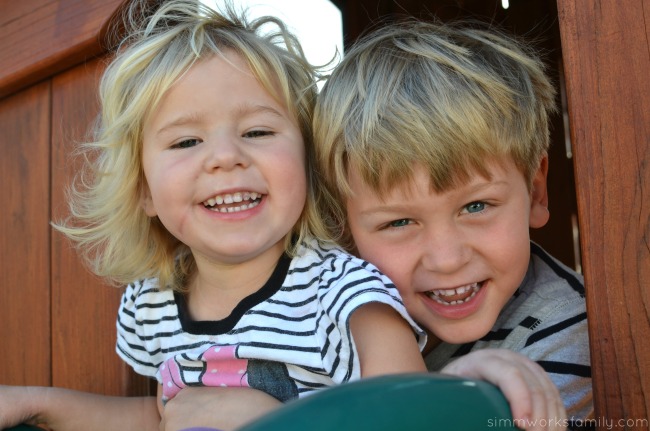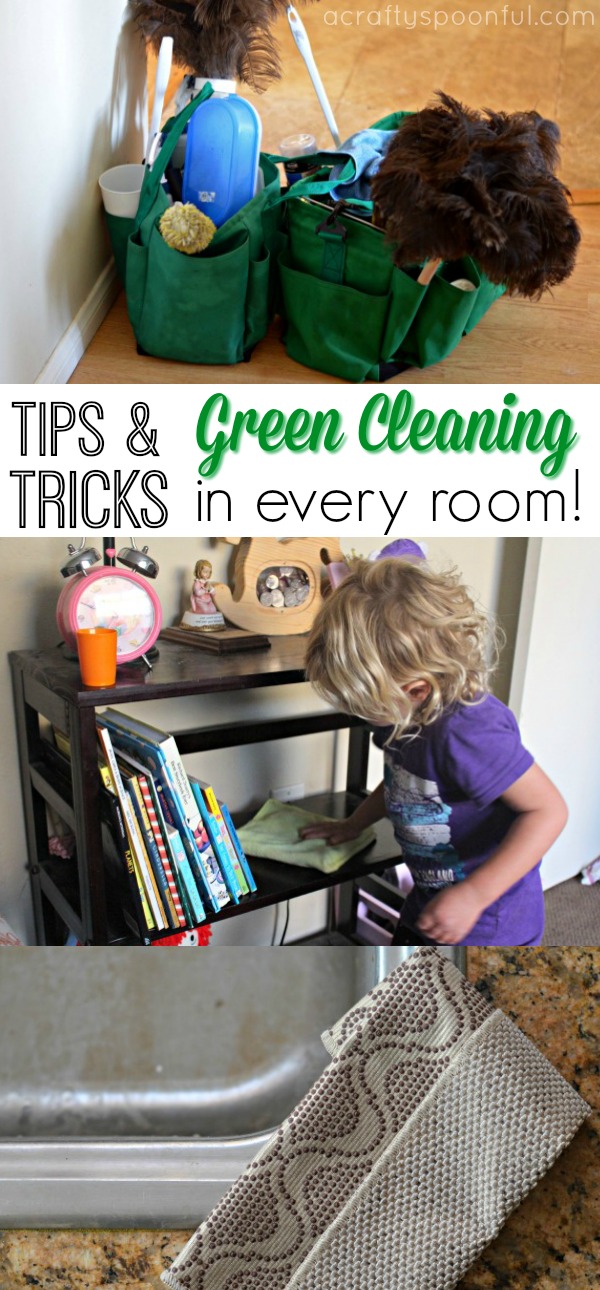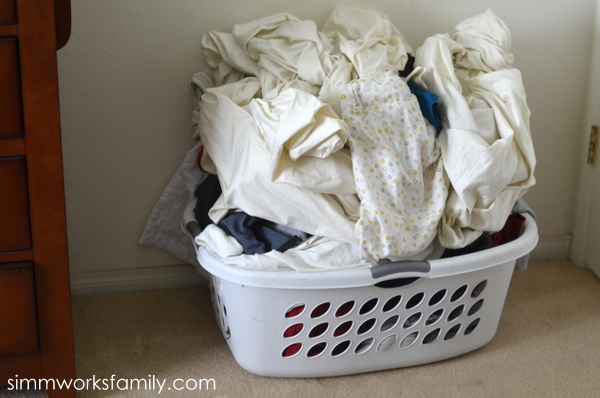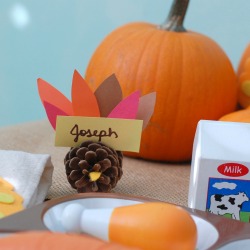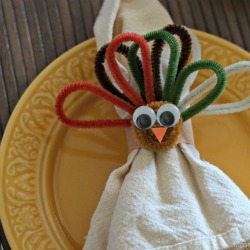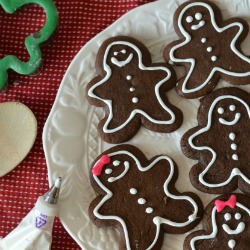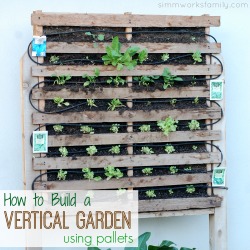We ran into a little problem last week. Our poor Scout got fleas for the first time in his 12 years and we had no clue where to start with treatment! Since we moved next to a home with 3 other dogs we knew it was a possibility but we were hoping we’d get lucky and not have to deal with it.
Luckily we were able to find some great ways to eradicate the situation and, hopefully, reduce the chance of fleas returning again in our home. But if they do, we’ll be ready!
Here’s what we did to tackle our flea problem in our home and on our beloved dog. [Read more…]


